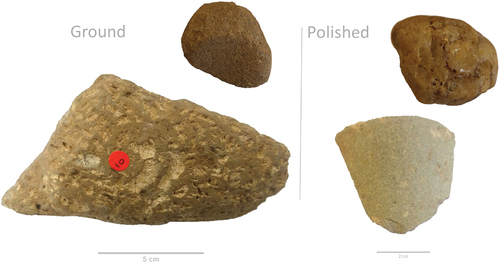Figures & data
Figure 1. A mid-excavation view of Cutting 11 standing on top of the quarried porphyritic andesite outcrop (foreground) and looking west. Top right is a quarried fragment of porphyritic andesite preserving the original glacially striated exterior surface of the outcrop.
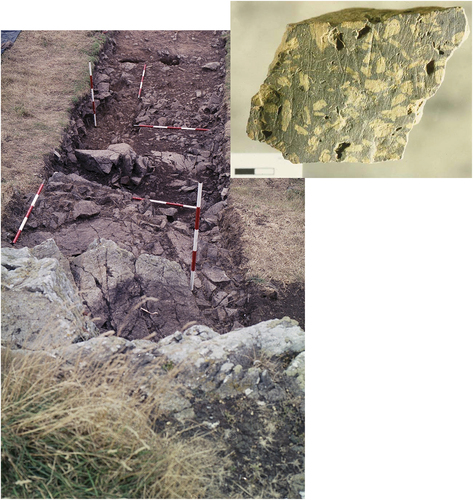
Figure 2. The location of the Eagle’s Nest site in relation to the geology of Lambay (after Stillman Citation1994). The major areas of excavation are shown and the location of Cutting 11 indicated.
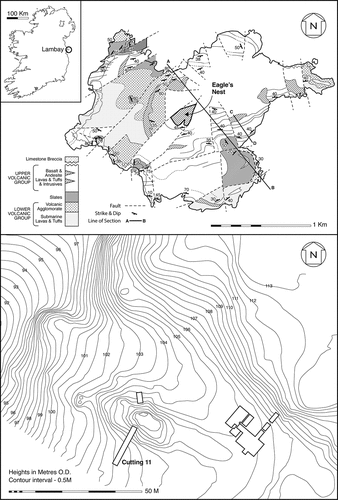
Figure 3. Eagle’s Nest Cutting 11. Schematic north-facing section and plan of context surfaces C1109 and C1107, C1108, 1110 and 1111), with Carinated Bowl from C1109 (drawing by Marion O’Neil).
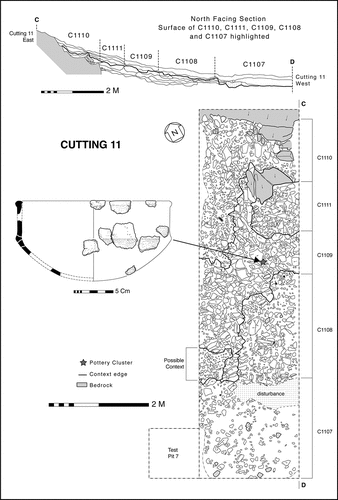
Figure 4. Porphyritic andesite roughout (93E144:9465, C1103) from Cutting 11 with white arrows indicating flake removal scares. Note the rough texture and step fracturing, which is characteristic for this lithology. Lower left shows chips produced during percussion (either flaking or pecking) and lower right shows characteristic D-shaped flakes produced from this lithology.
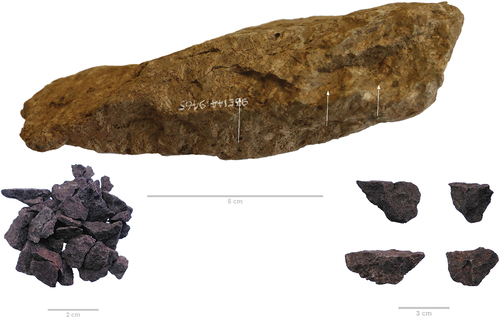
Figure 5. Upper images show stone anvils excavated from Cutting 11 (left to right − 93E144:9663, 93E144:9661, 93E144:15412, C1107) with an experimentally produced version upper right. Lower image depicts how this sequence is proposed to have operated using a quarried porphyritic andesite hammer stone (93E144:8633, C1103), roughout (93E144:10961, C1108) and anvil stone (93E144:15412).
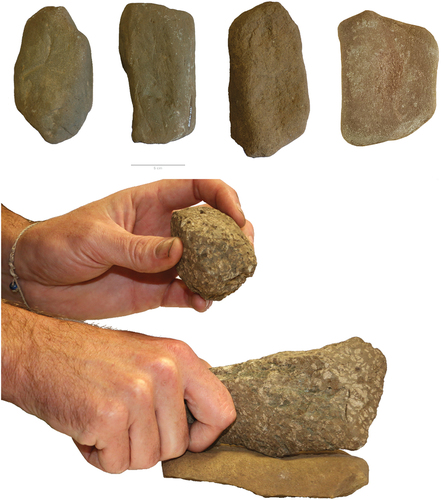
Figure 6. 100% stacked column graph showing results from the experimental reproduction of 3 porphyritic andesite axes following evidence from Cutting 11.
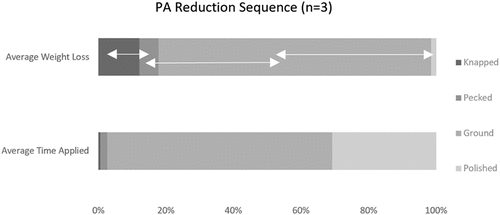
Figure 7. Lower image shows experimentally produced grindstone (Knutson Citation2023) with characteristic damage following grinding with water and sand as an abrasive. Here, linear grooves can be seen running in the direction of the grinding action. Upper right is a fragment of an artefact from C1107, Cutting 11 (93E144:9709) showing the same macro damage. The white lines indicate two grinding grooves flanking a corresponding ridge.
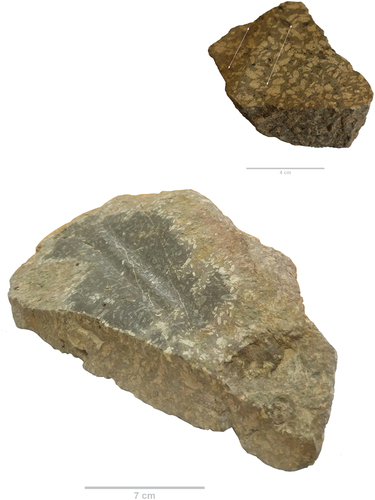
Figure 8. Line graph comparing the amount of material removed from porphyritic andesite roughouts using sand/water and water only grinding techniques over 5 hours each. In the early stages grinding using water alone removes slightly more material but this is temporary.
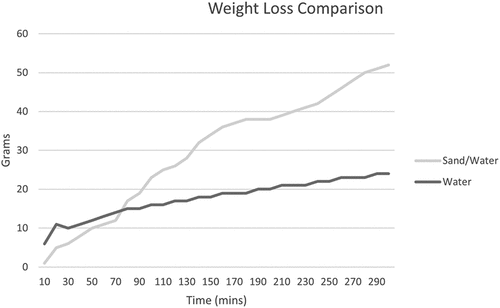
Figure 9. Comparison of porphyritic andesite ground (left) and polished (right) surfaces, showing the contrast between the decidedly matt finish on the former and the glossy finish to the latter. Accompanying the roughout fragment (93E144:7091, Test Pit 7) with the ground surface is a small sandstone pebble (E93144:9469, C1103) with at least two surfaces used in grinding, one of which is concave. Accompanying the polished flake (93E144:8688, C1101) is a small quartz polishing stone (92E144:9859, C1107) with clear glossing on one side.
